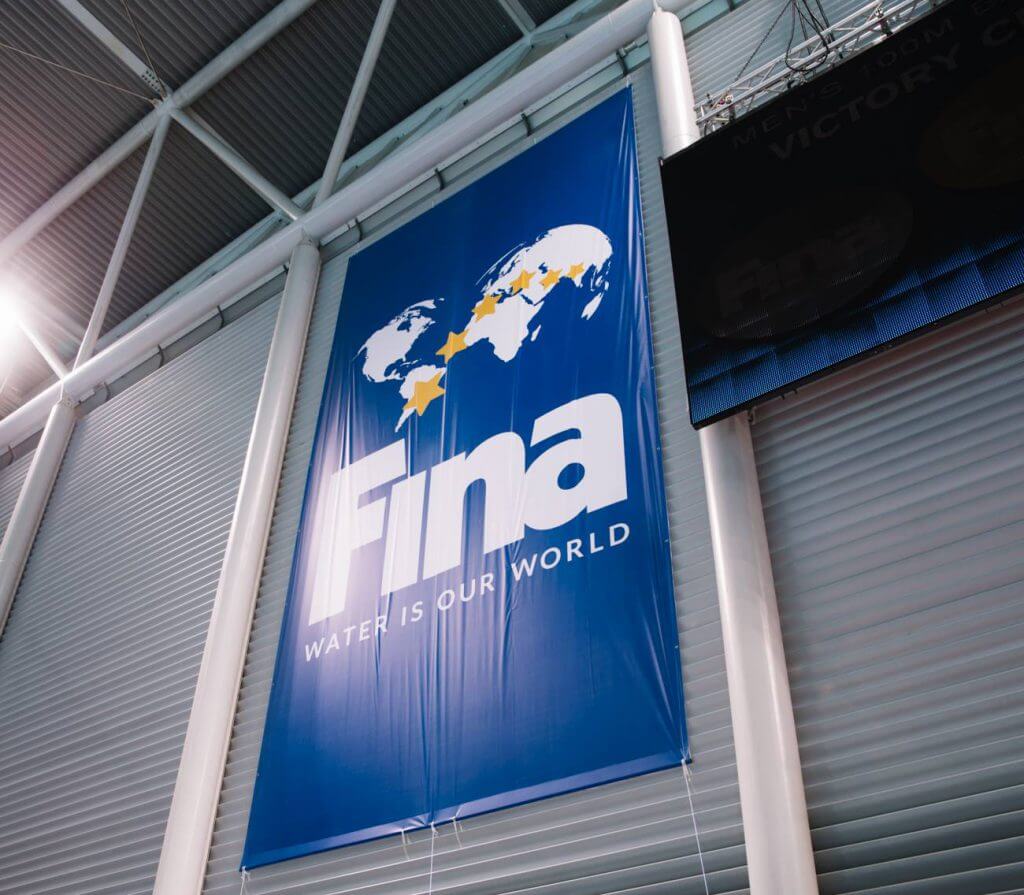A Quick Overview of FINA and The ISL

By Mark McCluskey, Swimming World Intern.
With the FINA Short Course Swimming World Championships occurring right now, there has been a lot of buzz about the growing rivalry between FINA and the newly-created International Swimming League. Some star swimmers, such as Chad le Clos and Adam Peaty, have openly backed the International Swimming League, saying that it is more progressive towards the future of swimming. FINA recently shot back at swimmers, saying that those who decide to attend swim meets sanctioned by the ISL will be suspended from future FINA Swimming World Championships. The relationship between the ISL and FINA has become increasingly tense over the past couple of months.
With all of this talk about different federations of swimming, it can be hard as a casual swim fan to keep track of who is who. Many swim fans are watching the dramatics play out without fully understanding what their favorite swimmers are advocating for. Here are some quick overviews of both organizations.
FINA

FINA stands for “Fédération Internationale de Natation.” Founded in 1908, it is the main organization for aquatic sports. According to FINA.org, the original aims of FINA were:
- To establish unified rules for swimming, diving and water polo, applicable at Olympic Games and other international competitions;
- To verify world records and establish an official updated world records list;
- To manage swimming competitions at the Olympic Games.
However, in 2018, FINA updated their objectives, giving a much more detailed statement:
- To promote and encourage the development of Aquatics in all possible regards throughout the world;
- To provide fair and drug free sport;
- To promote and encourage the development of international relations;
- To encourage participation in Aquatics disciplines at all levels throughout the world regardless of age, gender or race;
- To adopt necessary uniform rules and regulations and to hold competitions in Swimming, Open Water Swimming, Diving, Water Polo, Synchronised Swimming, High Diving and Masters;
- To promote and organise World Championships and other FINA competitions;
- To encourage the increase of facilities for Aquatics’ disciplines throughout the world with the support of other interested parties, and
- To carry out such other activities as may be desirable to promote the sport.
FINA has been the only organizer of international swimming competition for over 100 years. They run the five continental federations of swimming that combine to make FINA. They organize Short Course and Long Course World Championships as well as being a direct manager of the Olympics every four years. Just about every historic moment in swimming happened at a FINA-approved event.
International Swimming League

Photo Courtesy: isl.global
The International Swimming League was founded in 2017 by Ali Khan. On December 19, 2018, they will hold their inaugural event and hope to have multiple meets hosted in 2019. According to their website, isl.global, their main initiatives are to:
- Introduce a media-friendly format of regular team-based swimming competitions
- Grow a global audience of at least 100 million devoted followers over 5 years
- Run competitions in many different cities worldwide
- Attract sponsors and secure lucrative sponsorship deals
- Bring entertainment component to a swimming event and see higher fan and media engagement rates
- Ensure fair revenue distribution among all stakeholders involved (athletes, coaches, clubs, federations, the ISL)
Their main focus of these goals is to increase the swimming audience and in turn give swimmers the chance to make as much money as other professional athletes. According to their website, the ISL’s perspective on swimming is this: “Swimming is a low-impact sporting activity with a huge transformational potential for society. It can be safely used to promote public health and healthy lifestyles and as a result it can increase the rates of engagement.”
Their plan to gain media attention is to begin a team-based, fast-paced format that includes teams of 24 (12 men and 12 women), who will be allowed to sign up two swimmers per event. Swimmers will have the chance to make money based on appearing for their team, individual prize money (if they win an event), club prize money (if their team wins a meet), and will even be eligible for insurance and pension plans.
More information on the International Swimming League can be found in this video from their website:
While FINA has had a hold on international swimming competition for years, it seems as though the International Swimming League may be becoming a rival to them. It will be very interesting to see how the drama between the two organizations plays out in the future.
All commentaries are the opinion of the author and do not necessarily reflect the views of Swimming World Magazine nor its staff.




